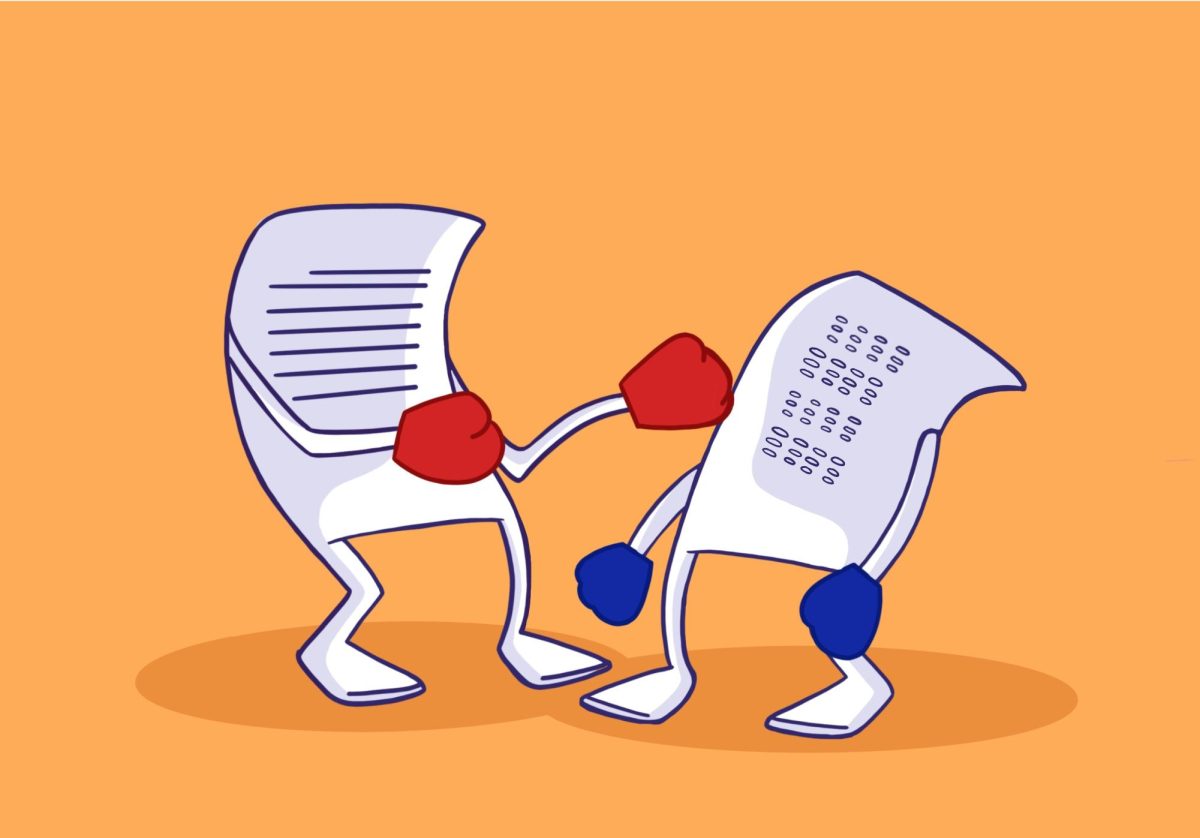Just because the rallies, debates and fliers for the 2006 state elections have not appeared yet, that does not mean the campaigns have not started ” the race for money is already on. Potential and current candidates are dialing up for dollars, hosting fundraiser dinners and groveling for money to finance their statewide campaigns. All of this became very apparent with the recent announcement that both Republican Gov. Tim Pawlenty and DFL candidate Kelly Doran will most likely opt out of Minnesota’s partial public financing system. This decision is a terrible precedent because it will lead to a race saturated in money, leaving voters out of the decision process.
Since the 1970s, Minnesota political candidates have participated in the state’s partial public financing system. In Minnesota, candidates who agree to a spending limit receive public funding equal to 50 percent of the limit that is set for their desired office. The funding comes from a tax check-off program that allows taxpayers to direct funds to a political party in the state (www.commoncause.org). This system is highly regarded around the country because it makes it possible for people who have limited funds at least to have a chance to run a competitive campaign.
But with the threat of Pawlenty and Doran not participating in the system, other candidates are worried they simply will be out spent in the gubernatorial race. This fear is not without reason. Typically, the candidate who spends the most money in a race wins. For example, in the 2002 election, incumbent U.S. senators outspent their opponents at a ratio of 5-to-1, and they also enjoyed an 85 percent reelection rate (Center for Responsive Politics). Rather than letting voters decide who wins, the money already does that before the election, determining who makes it to the primaries and who has the funds to do an all-out push at the end of the campaign.
Not only does private money determine who wins, it also determines what types of legislation are acted upon during the legislative session. In 2004, big donors, lobbyists and political action committees spent an average of $94,821 on each Minnesota legislator in their efforts to influence policy and laws, according to money in politics expert David Schultz (“Money Madness: Political Money Trends in Minnesota 2004”). How can average citizens compete with that kind of influence over their legislators? Because of the influence and face time such money buys, lobbyists are able to push their ideas into bills and gain support from legislators who may need that financial support in their next campaign. When it comes down to it, if someone were to give you a large amount of money, would you not feel obligated to listen to him or her? It is the same with our politicians, leaving voters out of the loop again.
Instead of opting out of our partial public financing system, Pawlenty, Doran and all Minnesota politicians should support the system by participating. Rather than being a “handout to politicians,” the partial public financing system allows a wide variety of people to run who otherwise would not be able to raise the money needed for a campaign. In addition, it increases voter confidence in the system, and it prevents large, expensive and often negative campaign styles found around the country.
In fact, rather than going the route of increased money in political campaigns, Minnesota politicians and citizens alike should support a stronger public financing system that would further reduce money’s role in our state’s political arena. In Minnesota, such a system exists in the Fair and Clean Elections bill that will be proposed in this year’s legislative session. In states such as Arizona and Maine that already have systems like FACE, voter turnout has increased by 20 percent, and the number of minority and female candidates has increased dramatically (www.fairelections.us). What’s more, candidates from across the political spectrum win as FACE candidates: Republicans and Democrats, young and old, men and women alike succeed under the system. If FACE were a reality in Minnesota, the campaign race would once again be about votes and not about the race for money.
Holly Lahd is the University Democracy Matters campus director. Please send comments to [email protected].













